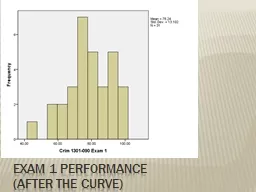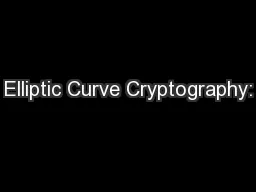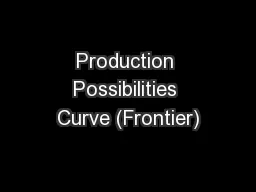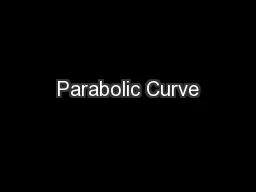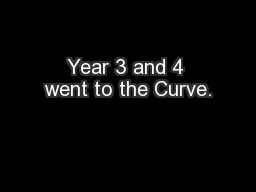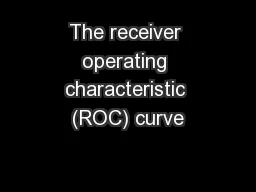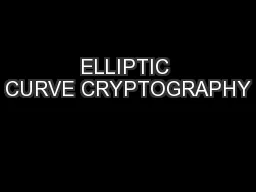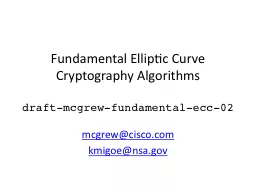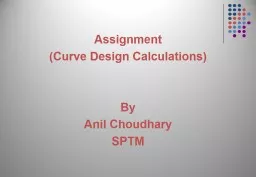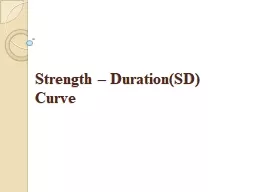PPT-EXAM 1 Performance (After the curve)
Author : jane-oiler | Published Date : 2020-01-17
EXAM 1 Performance After the curve Social Structure I Emile Durkheim The Chicago School Social Disorganization Emile Durkheim late 18581917 French Scientist Suicide
Presentation Embed Code
Download Presentation
Download Presentation The PPT/PDF document "EXAM 1 Performance (After the curve)" is the property of its rightful owner. Permission is granted to download and print the materials on this website for personal, non-commercial use only, and to display it on your personal computer provided you do not modify the materials and that you retain all copyright notices contained in the materials. By downloading content from our website, you accept the terms of this agreement.
EXAM 1 Performance (After the curve): Transcript
Download Rules Of Document
"EXAM 1 Performance (After the curve)"The content belongs to its owner. You may download and print it for personal use, without modification, and keep all copyright notices. By downloading, you agree to these terms.
Related Documents

